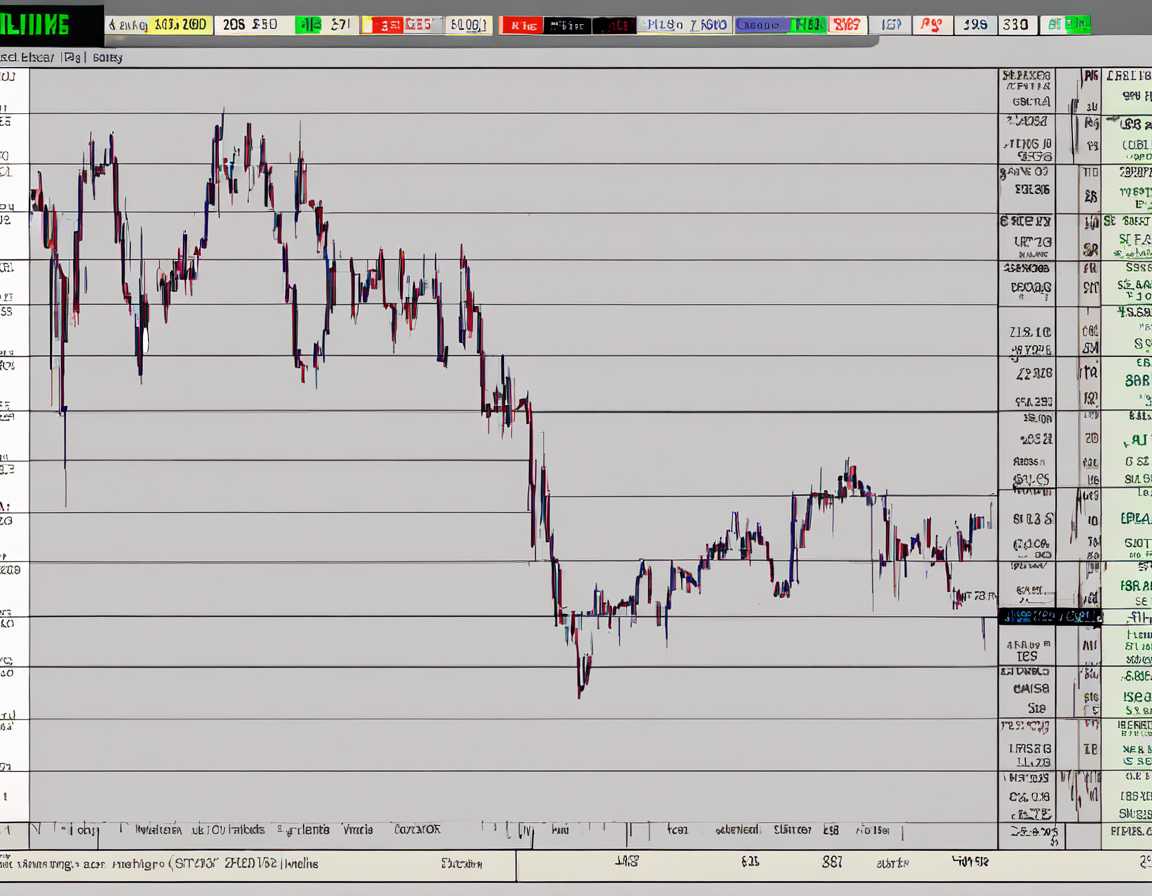Introduction
When it comes to investing in the stock market, it is crucial to conduct thorough research and analysis before making any investment decisions. One key aspect of this process is evaluating a company’s share price, which can provide valuable insights into its performance, financial health, and potential future growth. In this article, we will delve into analyzing the share price of Jwl, a fictional company, and explore what investors need to know.
Understanding Share Price
Share price is the value at which a single share of a company’s stock is traded on the open market. It is determined by supply and demand dynamics, investor sentiment, company performance, and various market factors. Analyzing share price can help investors assess the valuation of a company, its growth potential, and the overall market sentiment towards the stock.
Factors Affecting Share Price
Several key factors can impact a company’s share price, including:
1. Company Performance: Strong financial performance, positive earnings reports, and revenue growth can drive up share prices.
2. Market Sentiment: Investor perceptions, industry trends, and macroeconomic factors can influence share prices.
3. Competition: Changes in competitive landscape and market dynamics can affect share prices.
4. Regulatory Environment: Changes in regulations, government policies, and legal issues can impact share prices.
5. Technological Advances: Innovation and technological developments can drive share prices higher for companies at the forefront of these trends.
Analyzing Jwl Share Price
Now, let’s look at how investors can analyze the share price of Jwl using various metrics and techniques:
1. Historical Price Performance: Reviewing Jwl’s historical share price data can provide insights into its past performance and price trends over time. Investors can identify patterns, trends, and potential support and resistance levels.
2. Fundamental Analysis: Conducting a fundamental analysis of Jwl, which includes evaluating its financial statements, revenue growth, profit margins, and other key performance indicators, can help investors determine the intrinsic value of the company and its shares.
3. Technical Analysis: Utilizing technical analysis tools and charts to analyze Jwl’s share price movements, trends, and trading volumes can help investors identify potential entry and exit points, support and resistance levels, and patterns.
4. Peer Comparison: Comparing Jwl’s share price performance with its industry peers and competitors can provide additional insights into its relative valuation, market position, and growth potential.
5. Analyst Recommendations: Monitoring analyst recommendations and price targets for Jwl from leading research firms and analysts can offer valuable insights into market sentiment and expectations for the stock.
Common Pitfalls in Share Price Analysis
When analyzing share prices, investors should be aware of common pitfalls that can impact their decisions, such as:
1. Overreliance on Short-Term Price Movements: Focusing too much on short-term price fluctuations can lead to impulsive decisions and overlook long-term fundamentals.
2. Ignoring Fundamentals: Disregarding key fundamental factors such as earnings, revenue, and cash flow can result in inaccurate valuations and investment decisions.
3. Emotional Investing: Making investment decisions based on emotions, fear, or greed can cloud judgment and lead to poor outcomes.
4. Not Diversifying: Failing to diversify a portfolio and concentrating investments in a single stock can increase risk and exposure to market volatility.
5. Lack of Research: Insufficient research, due diligence, and analysis can lead to uninformed investment decisions and missed opportunities.
FAQs (Frequently Asked Questions)
1. What is the significance of share price in investing?
Share price reflects the value of a company’s stock and can provide insights into its performance, growth potential, and market sentiment for investors.
2. How do market dynamics impact share prices?
Market dynamics, including supply and demand, investor sentiment, economic conditions, and industry trends, can influence share prices.
3. What is the difference between share price and market capitalization?
Share price is the price of a single share of a company’s stock, while market capitalization is the total value of all outstanding shares of a company, calculated by multiplying the share price by the number of shares outstanding.
4. How can investors use share price analysis in their investment decisions?
Investors can use share price analysis to assess the valuation of a company, its growth potential, market sentiment, and identify potential entry and exit points for investment.
5. Why is it important to consider both fundamental and technical analysis in share price evaluation?
Fundamental analysis evaluates a company’s financial health and intrinsic value, while technical analysis focuses on share price movements, trends, and market psychology, providing a holistic view for investors.
In conclusion, analyzing the share price of a company is a critical component of the investment process that can help investors make informed decisions, assess valuation, and identify opportunities for potential growth. By utilizing a combination of historical data, fundamental and technical analysis, and peer comparisons, investors can gain valuable insights into a company’s performance and position themselves for success in the stock market.

